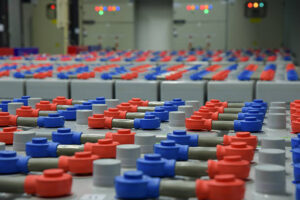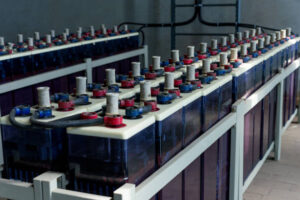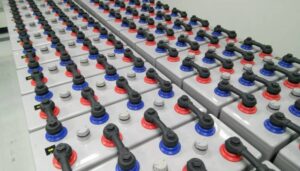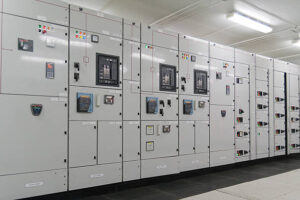Why backup batteries are needed ?
Batteries are used to ensure that critical electrical equipment is always working avoid power failure in the power facilities . Batteries are used on many indsustries .
The main applications for batteries include:
- Telecommunication system battery to support emergency services.
- UPS and Date center battery
- Power Utility Generating stations and substations for switches and relays protection and control.
- Industrical Manufacturing back up system
- Motive Power/Forklift battery
- Offershore platforem DC system

If there had no battery back-up in hospital, Hospitals could have close their doors until power is restored . However, there are still some patients on life support systems that need 100% power system . Take a look around to see how much electricity we use and how important batteries have become in our daily lives. Critical electric systems have become so important to us . Batteries are widely used, and without them, many services that we take for granted would fail .Meanwhile it also causes countless problems.
What is a battery ?
A battery is a chemical power source, a device that directly converts chemical energy into electrical energy. It consists of two electrochemically active electrodes with different compositions to form positive and negative electrodes respectively. The two electrodes are immersed in an electrolyte that can provide media conduction. When connected to an external carrier, it can provide electrical energy by converting its internal chemical energy .
Battery Types
According to the electrolyte properties, it can be divided into below batteries.
- acid batteries (lead-acid batteries),
- alkaline batteries (nickel hydrogen batteries),
- neutral batteries,
- organic electrolyte batteries (lithium-ion batteries, such as Li-MnO2),
- non-aqueous inorganic electrolyte batteries (Li-SOCL2 lithium-thionyl chloride)
- solid electrolyte batteries.

Why test battery systems
There are main reasons to test battery systems as follows:
- To prevent unexpected failures by inspecting and tracking the battery state-of- health before battery fail.
- To predict the battery death .
- To solve battery basic problem
Why battery fail
During the battery deterioration process, chemical reactions constantly occur inside. This process is also accompanied by constant changes of internal resistance. Gas is generated in the process of battery formation, charging and shelving and the precipitation of hydrogen and oxygen has a destructive impact on battery performance .
Battery failure modes are included early capacity loss, temperature sensitivity to charging, sulfation of negative plates, corrosion of positive grids and tabs, water loss, damage to diaphragms, and control of self-discharge rates. Regardless of the failure mode, it is related to the reliability of power supply and the service life of battery.
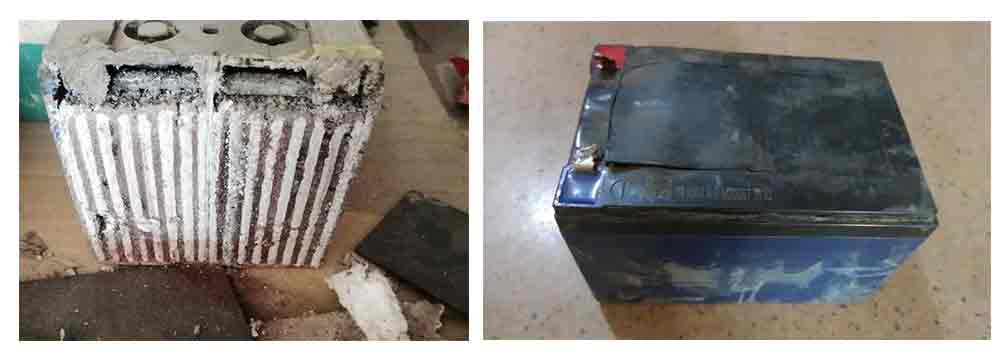
How to Maintain and Test battery ?
International standard and common testing method for battery.
There are 3 IEEE regulations and standards for battery testing .
▪IEEE 450 for flooded lead-acid
▪IEEE 1188 for sealed lead-acid
▪IEEE 1106 for nickel-cadmium
In General, here are below common battery test method to test the battery healty statement .
- Battery internal resistance tester is an intelligent battery tester which can automatically store data. It can accurately provide data at various stages within the normal test time. This light and smart device can display and record cell float voltage, cell internal resistance, and estimated capacity of a single battery. It can be applied to single cells or modules composed of multiple cells. Automatically storing data on a 5200-cell battery pack or a 1500-cell battery pack not only saves time but also ensures permanent record keeping. Using the USB port and software, all readings can be transferred to a computer for in-depth analysis and report generation.
- Battery Activator is a portable tester which is specially used to deal with outdated batteries in daily maintenance. It has three independent usage modes: battery discharge mode, battery charge mode and battery activation mode. According to the different actual conditions of backward batteries, the battery can be charged with constant current or set multiple cycles to charge and discharge the battery with the smallest capacity for multiple cycles, so as to activate the active material of the battery plate to activate the battery and improve the performance of the backward battery. capacity. At the same time, it is equipped with PC application software to upload the collected data to the computer, which is convenient for various analysis.
- Battery Discharge Capacity Tester is a smart battery capacity test system. This ingeniously designed system uses a linear continuously adjustable automatic control circuit to automatically complete the test in the modes of constant current, constant power and automatic shutdown completely according to the user’s programming. It is an ideal tool for phase inspection, annual inspection and engineering acceptance of battery packs.
- Battery monitor system is an advanced comprehensive application by using the technology of internal resistance testing. This system is unique in that it provides early warning of any problems with the battery. By testing the internal resistance and voltage of the battery, the system can automatically check the condition of each battery cell and reliably predict their performance.
If you can view the more details about battery test system , please be free to contact Eetess sales team.




